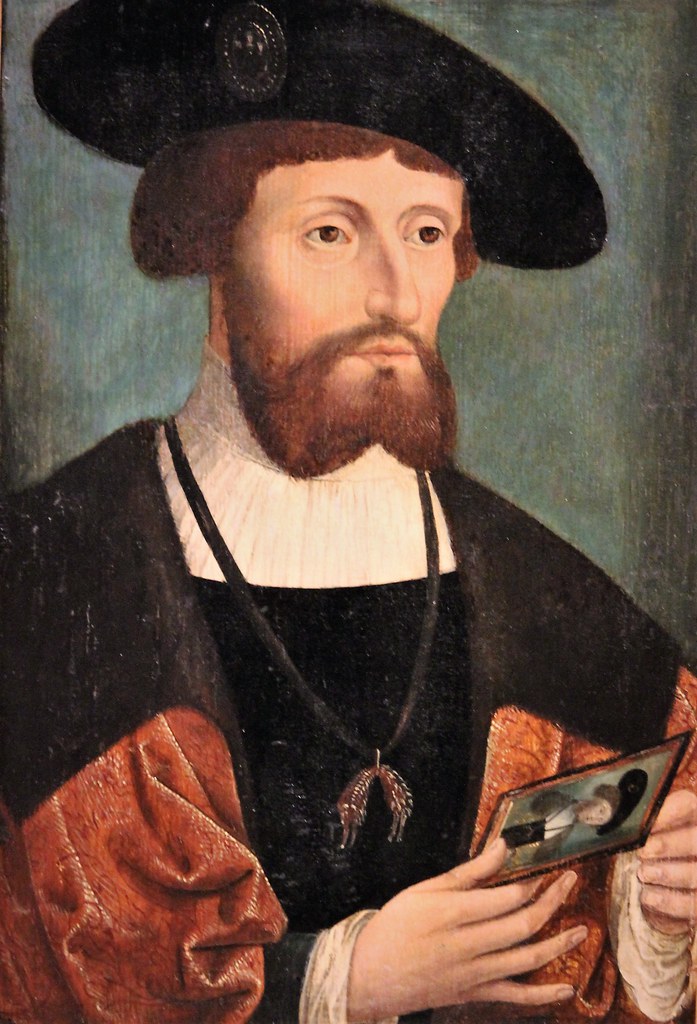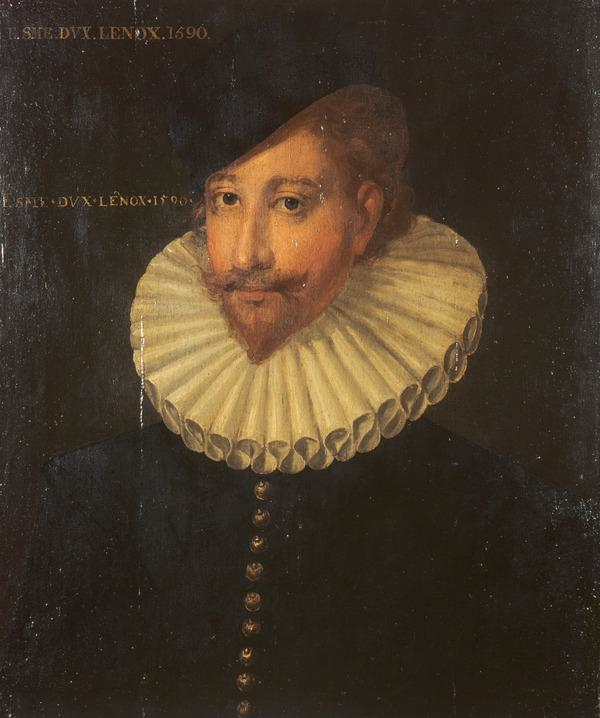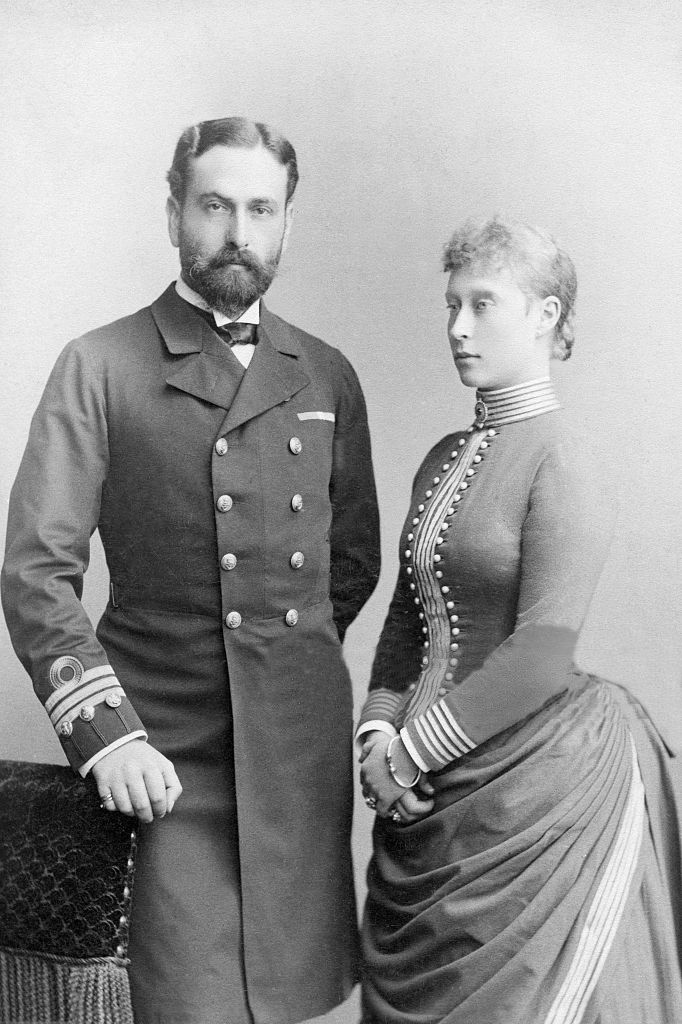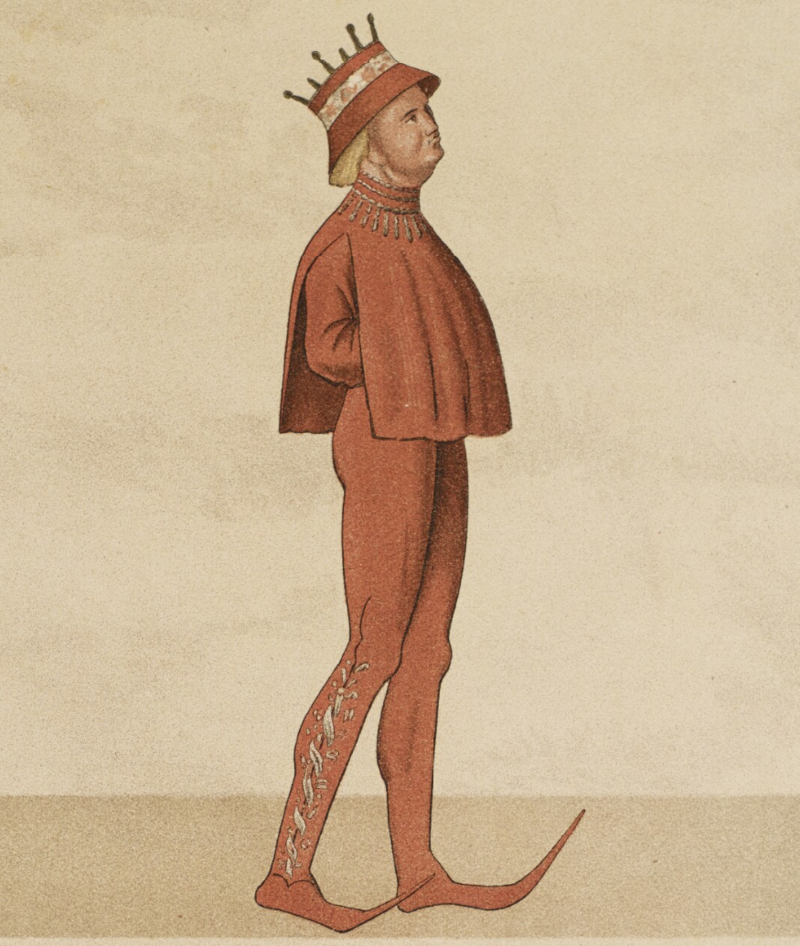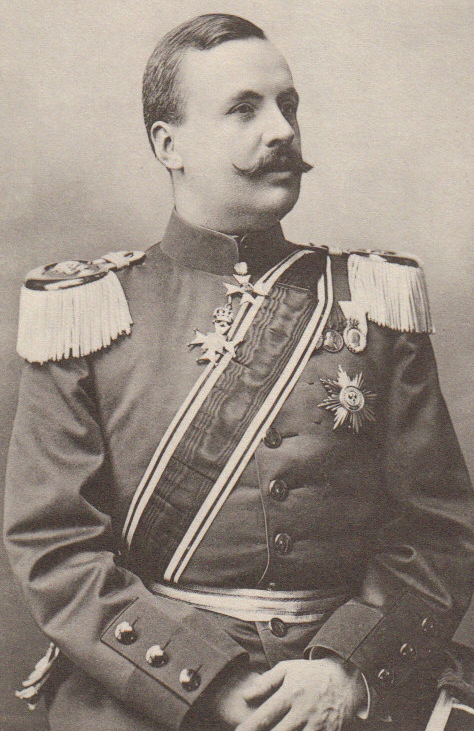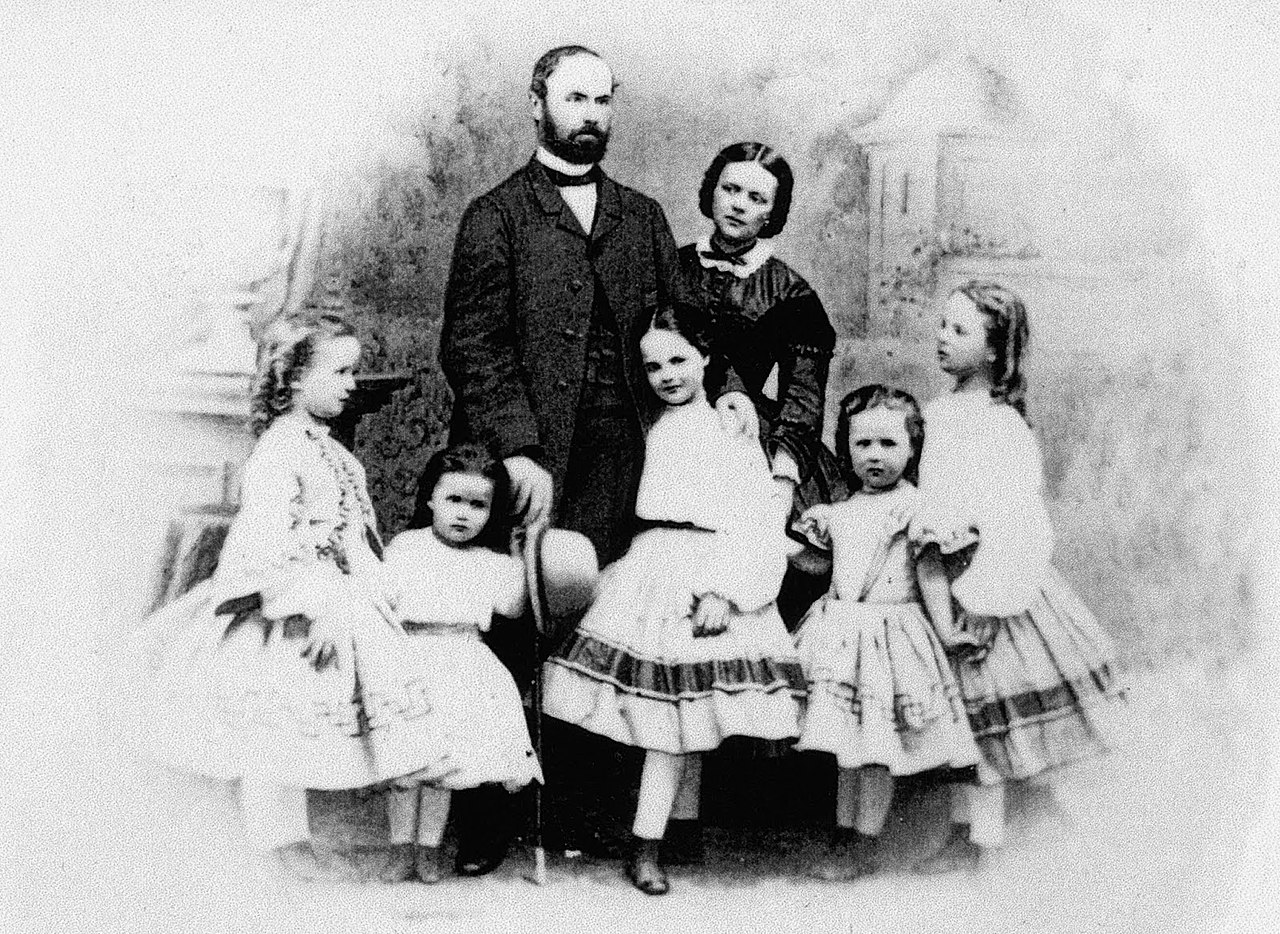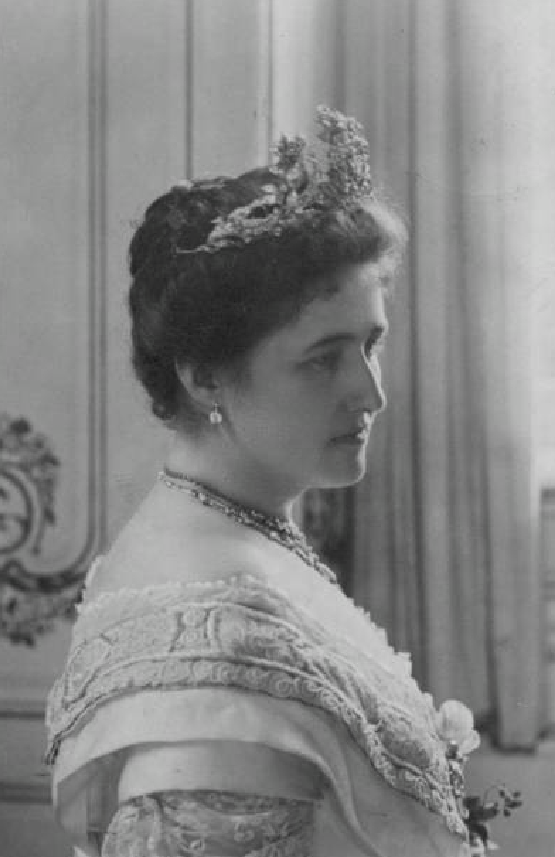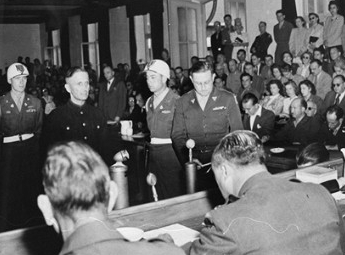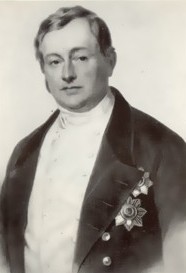by Scott Mehl
© Unofficial Royalty 2021
Gabrielle de Polastron, Duchesse de Polignac was a favorite of Queen Marie Antoinette of France. She is also the ancestress of Albert II, Sovereign Prince of Monaco.

Gabrielle de Polastron, Duchesse de Polignac; source: Wikipedia
Born in Paris on September 8, 1749, Yolande Martine Gabrielle de Polastron was the second daughter of Jean François Gabriel, Count of Polastron, Seigneur de Noueilles, Venerque and Grépiac and his first wife, Jeanne Charlotte Hérault de Vaucresson. Gabrielle (as she was known) had an elder sister Jeanne. Through her father’s second marriage to Anne-Charlotte de Noé, she also had three younger half-siblings, Denis, Adélaïde, and Henriette-Nathalie.
Although her family was part of the aristocracy, they were debt-laden and lived a relatively modest lifestyle. Gabrielle was initially raised at the family’s Château de Noueilles in southern France. Following her mother’s death when Gabrielle was just three years old, her upbringing was left to an aunt who sent her to a convent to receive her education.
Gabrielle was married on July 7, 1767, to Jules François Armand de Polignac, Marquis de Mancini (later created Duke of Polignac). At the time, Polignac was serving in the French military. The couple had four children:
- Aglaé de Polignac (1768) – married Antoine-Louis-Marie de Gramont, Duke de Guiche, had issue
- Jules de Polignac, 2nd Duke de Polignac (1771) – married Ida van Neukirchen, no issue
- Auguste de Polignac, 3rd Duke de Polignac (1780) – married (1) Barbara Campbell, had issue; (2) Mary Parykns, had issue
- Melchior de Polignac, Count de Polignac (1781) – married Marie Charlotte Le Vassor de la Touche, had issue.

Queen Marie Antoinette of France. source: Wikipedia
In 1775, Gabrielle and her husband were invited to visit Versailles by her sister-in-law Diane de Polignac, a lady-in-waiting to Princess Elizabeth of France, the younger sister of King Louis XVI. Gabrielle was formally presented to Queen Marie Antoinette who instantly took a liking to her and soon asked her to move permanently to Versailles. Heavily in debt, this was not a move that Gabrielle and her husband could afford. Despite their aristocratic background, there was little money for extravagance. They lived on Jules’s military salary of just 4,000 livres and were heavily in debt. Becoming aware of this, The Queen quickly arranged to settle their debts and find a better position for Jules within the royal household.
From all accounts, Gabrielle was greatly welcomed by the French royal family, however, the feeling was not the same from many other members of the court who questioned her motives and were wary of her very quick accession to the highest level of the Queen’s entourage. Many also resented Marie Antoinette’s immense generosity shown to Gabrielle and her family. Not only were their debts resolved but they lived a very lavish lifestyle, primarily funded by Marie Antoinette. Further adding to the resentment came in 1780 when Gabrielle’s husband was created Duke of Polignac, making Gabrielle a Duchess.
In 1782, Gabrielle was appointed Governess to King Louis XVI’s children, which further alienated other members of the Court who felt Gabrielle was not of a sufficient social status for such a prominent position. She took up new apartments within the Palace of Versailles, significantly larger than any of her predecessors, and was given a small cottage at the Hameau de la Reine – the Queen’s private retreat on the grounds of the Petit Trianon.
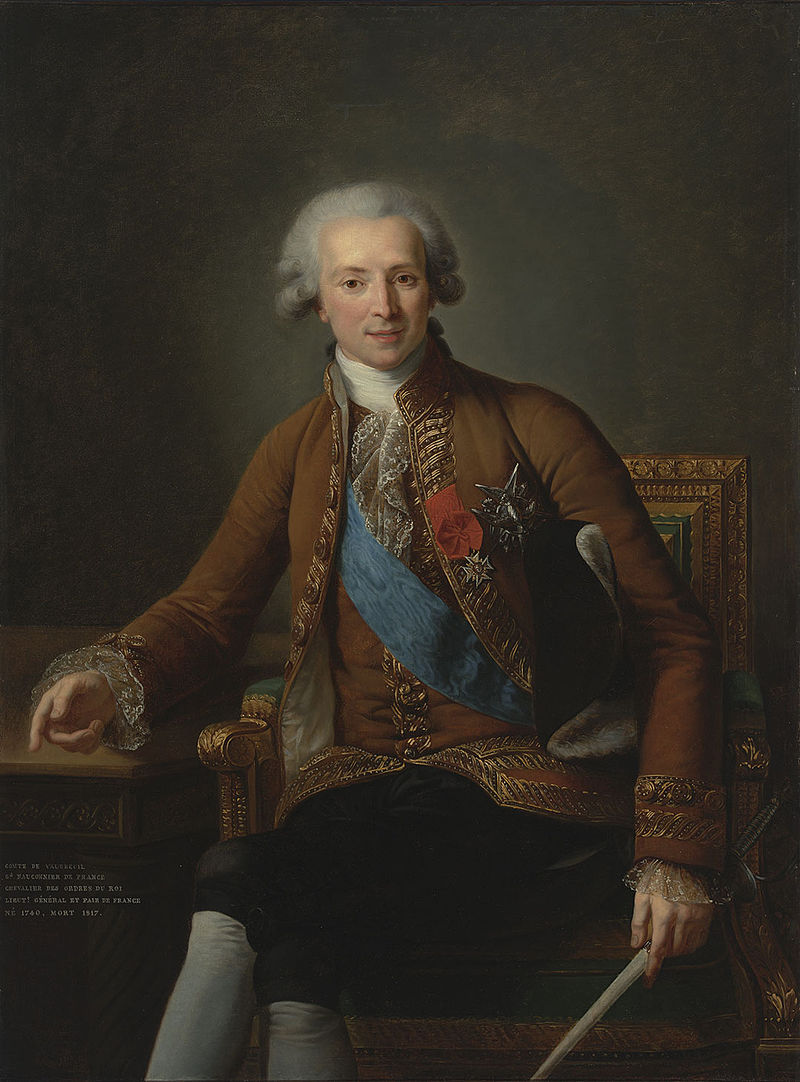
Joseph Hyacinthe François de Paule de Rigaud, Count of Vaudreuil. source: Wikipedia
Gabrielle briefly fell out of favor with Marie Antoinette in 1785, primarily due to her friendship with Joseph Hyacinthe de Rigaud, Count of Vaudreuil whom the Queen did not trust. Rumors spread that Gabrielle and the Count were having an affair and that he was the father of her youngest son but most historians dispute this. Sensing the Queen’s displeasure, Gabrielle left Versailles for an extended vacation in England. The two soon mended their relationship and became close again in the months leading up to the French Revolution. However, the world would quickly change for everyone at the French Court, following the storming of the Bastille in July 1789. Gabrielle and her family fled France, traveling throughout Europe before eventually settling in Vienna. During this time, she remained in close contact with Marie Antoinette for the next several years.
Having developed what is believed to be cancer, her health quickly began to decline. Just two months after Marie Antoinette’s execution, Gabrielle died in Vienna on December 3, 1793, at the age of 44.
* * * * * * * * * *
This article is the intellectual property of Unofficial Royalty and is NOT TO BE COPIED, EDITED, OR POSTED IN ANY FORM ON ANOTHER WEBSITE under any circumstances. It is permissible to use a link that directs to Unofficial Royalty.




